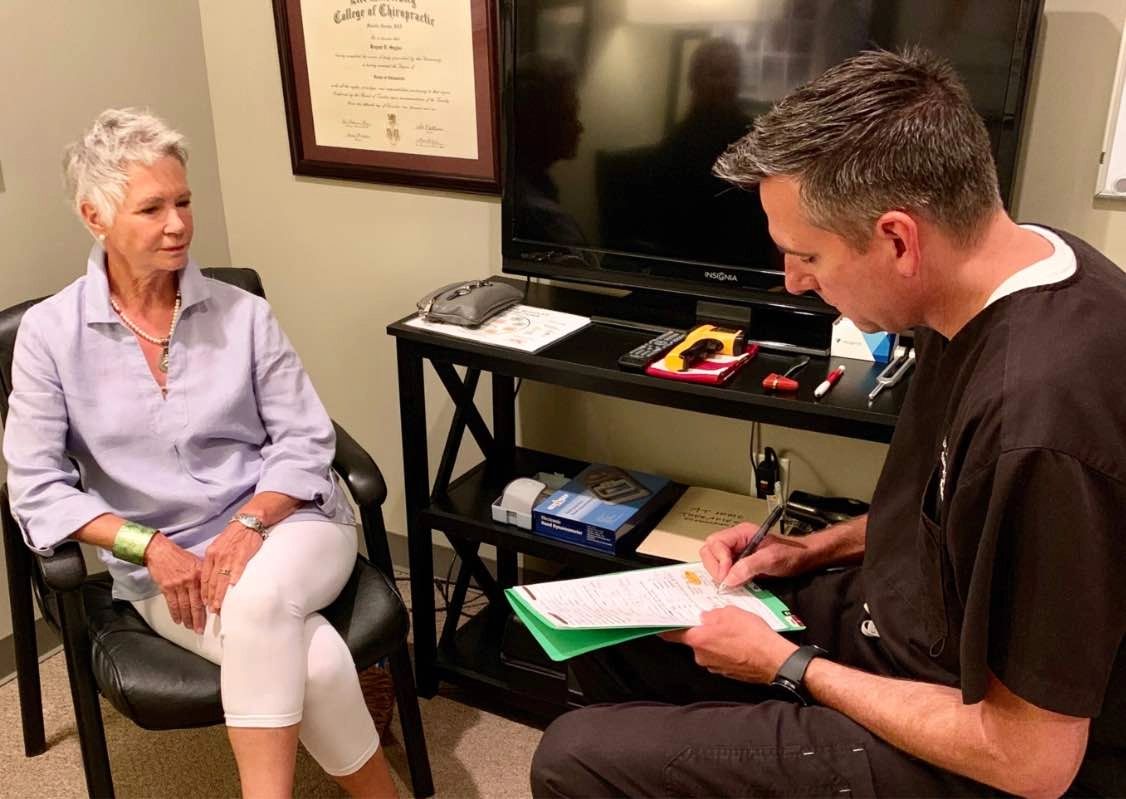May 9, 2025
Chronic pain is a reality for millions of Americans, impacting daily activities, sleep, and overall quality of life. As awareness grows about the potential side effects and risks associated with certain conventional treatments, many individuals are seeking alternative or complementary options for managing discomfort. At Chronic Care of Richmond, we aim to empower patients with knowledge about safe and effective pain relief strategies. Among these, natural remedies such as herbal supplements, dietary changes, and essential oils are gaining significant attention. But how effective are these approaches, and what does the science say? Herbal Supplements: Nature’s Support for Pain Relief Herbal medicine has a long history of use in various cultures for managing pain and inflammation. One of the most widely researched herbal supplements is turmeric, particularly its active compound curcumin. Curcumin has demonstrated notable anti-inflammatory and antioxidant properties in several clinical studies. According to a systematic review published in the Journal of Medicinal Food , curcumin supplementation can significantly reduce symptoms of pain in patients with osteoarthritis compared to placebo. Similarly, ginger, another potent anti-inflammatory herb, has been shown to reduce muscle pain after exercise and ease symptoms of osteoarthritis in randomized controlled trials. Another popular herbal remedy, willow bark, contains salicin—a precursor to aspirin. While studies suggest that willow bark may modestly reduce lower back pain and osteoarthritis symptoms, it’s essential to consult with a healthcare professional before use to avoid potential interactions or side effects, especially for those with certain medical conditions. It’s important to emphasize that while some herbal supplements can support pain relief, they should not replace prescribed treatments without medical guidance. Quality, dosage, and individual health needs play a significant role in their safety and effectiveness. Dietary Changes: Reducing Inflammation from the Inside Out What we eat can have a profound effect on our body’s inflammation levels and, consequently, pain perception. Diets rich in fruits, vegetables, whole grains, and healthy fats—such as the Mediterranean diet—are associated with lower levels of chronic inflammation. According to the Harvard T.H. Chan School of Public Health , an anti-inflammatory diet may help manage symptoms of chronic pain conditions like rheumatoid arthritis and fibromyalgia. Omega-3 fatty acids, found in fatty fish like salmon, walnuts, and flaxseeds, are especially beneficial. Research published in PAIN found that increased omega-3 intake can help reduce joint pain and stiffness in individuals with rheumatoid arthritis. Additionally, limiting processed foods, refined sugars, and saturated fats can help minimize inflammation and support overall health. For personalized nutrition plans that support pain management, consulting with a registered dietitian or integrative health professional is recommended. Chronic Care of Richmond offers services for patients seeking to optimize their diet for pain relief and improved wellness. Essential Oils: Aromatherapy and Topical Relief Essential oils, concentrated extracts from plants, are widely used in aromatherapy and topical applications for pain relief. Lavender oil, for example, is known for its calming properties and has demonstrated efficacy in reducing headache and migraine symptoms when inhaled or applied to the skin. A 2012 clinical study in Evidence-Based Complementary and Alternative Medicine found that inhaling lavender essential oil significantly reduced migraine severity in participants compared to placebo. Peppermint oil is another popular remedy, particularly for tension headaches and muscle pain. Its active ingredient, menthol, creates a cooling sensation that may help ease discomfort when massaged into the skin. While essential oils can offer supportive benefits, they should always be used with caution. Some oils may cause skin irritation or allergic reactions, and not all are safe for internal use. Diluting essential oils in a carrier oil and performing a patch test before widespread application is recommended. Integrative Approaches: Combining Remedies for Optimal Results Many patients find the greatest relief through a combination of natural remedies and conventional treatments. Integrative care—blending evidence-based complementary therapies with traditional medical approaches—can enhance outcomes and address pain from multiple angles. For example, herbal supplements may be used alongside physical therapy, while dietary changes and essential oils can complement medications prescribed by a healthcare provider. A holistic approach also considers lifestyle factors such as stress management, exercise, and sleep quality, all of which influence pain perception. Practices like yoga, mindfulness meditation, and acupuncture are increasingly recognized for their role in pain management and can be tailored to individual needs. Evaluating the Evidence: What Science and Experts Say While many natural remedies show promise, it’s essential to evaluate their effectiveness based on scientific evidence and expert opinion. Some supplements and dietary strategies have robust research backing, while others require further study. The National Center for Complementary and Integrative Health (NCCIH) advises caution, noting that “natural” does not always mean “safe,” and interactions with medications are possible. Always consult with a qualified healthcare provider before adding new supplements or making significant dietary changes, especially if you have underlying health conditions or are taking other medications. For more information on integrative pain management, visit our Pain Management Solutions page. The Role of Professional Guidance in Natural Pain Relief Choosing the right natural remedies for pain relief is not a one-size-fits-all process. Factors like the type and source of pain, existing health conditions, and personal preferences must be considered. At Chronic Care of Richmond, our team is committed to providing individualized care that integrates natural remedies with conventional therapies for safe and effective pain management. Our approach prioritizes patient education, evidence-based recommendations, and ongoing support throughout your journey to better health. By staying informed and working closely with healthcare professionals, individuals can explore these options with confidence and find the combination of strategies that works best for their unique needs. If you’re interested in learning more about natural approaches to pain relief or want to schedule a consultation with our experienced team, contact Chronic Care of Richmond today. We’re here to help you discover safe, effective, and holistic solutions for lasting pain relief.






